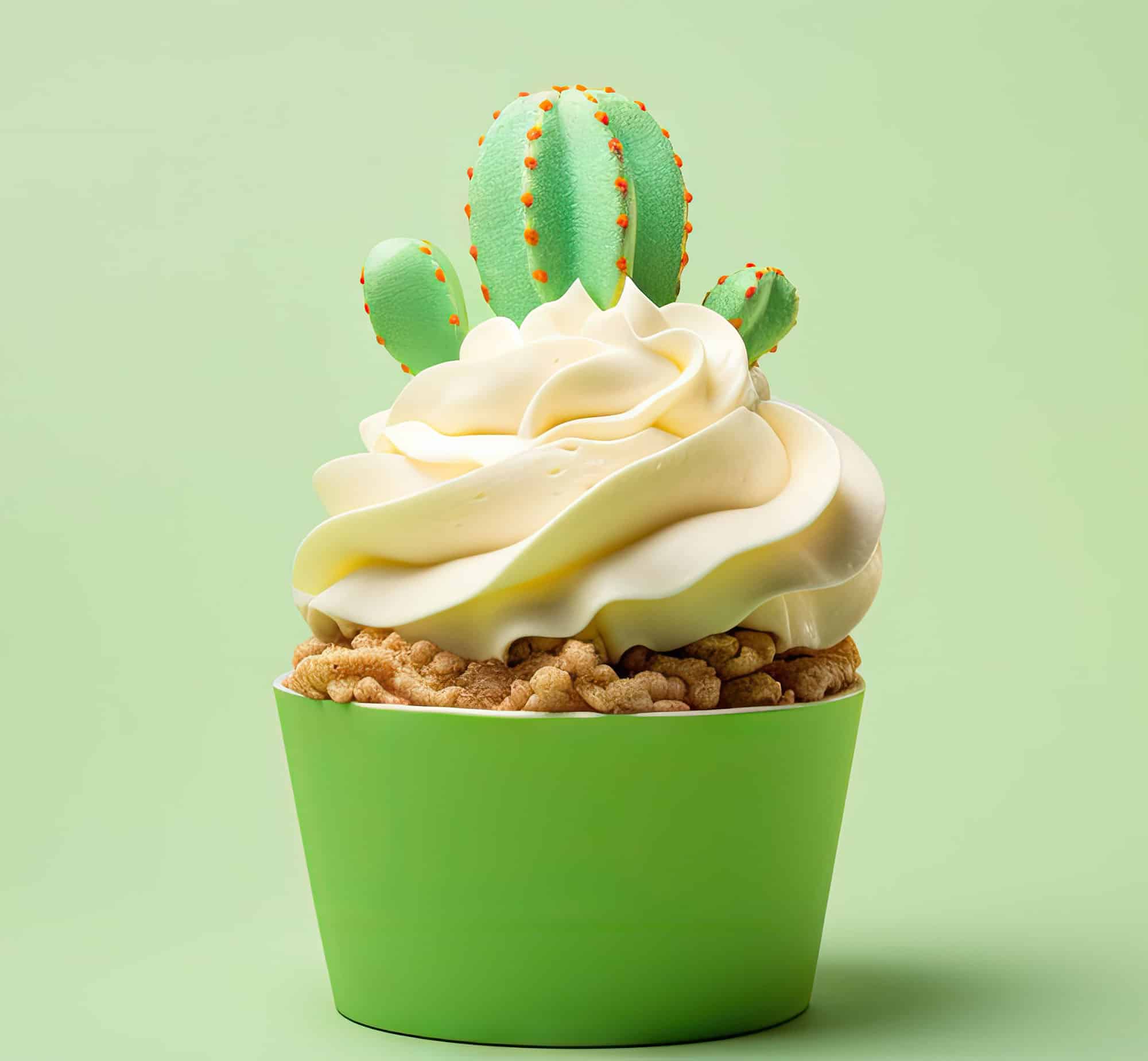During my recent visit to Sydney’s inaugural SXSW festival, I had the privilege of attending Nicole Velik’s inspiring talk titled “Think like Bowie – creative thinking techniques from brilliant minds” which highlighted ideas around creativity and its innate presence within us from birth.
Velik referenced a pivotal NASA study conducted by George Land in 1968, involving 1,600 children who were assessed at ages 5, 10, and 15.
At the outset, an astonishing 98% of the 5-year-olds were classified as creative geniuses.
As the study unfolded, the same children were evaluated at the age of 10, with only 30% still retaining their creative genius status. By the time they reached 15, merely 12% were considered creative geniuses. A subsequent iteration of the study involving 280,000 adults delivered an even more dismal result—only 2% were identified as creative geniuses.
This depressing conclusion raises the question: Why do we become less creative as we age? The clearest observation is that society plays a pivotal role in moulding us into non-creative thinkers.
We are born as creative little geniuses, absorbing the world around us, pushing boundaries, and exploring our boundless potential. However, our journey through the conventional, one-size-fits-all education system often leads us to conform to “societal norms,” which in reality, are a set of prescribed standards that stifle our unique creativity. By creativity, I don’t mean solely the ability to create stunning visual masterpieces but, more importantly, the capacity to think creatively.
Returning to Nicole’s workshop, she shared numerous ways to rekindle our creative genius by removing the blinkers that society imposes. While I won’t reveal all her tips, participants from diverse industries left with concrete strategies to reawaken their creative thinking and “think like Bowie”.
Reflection
In the days following Nicole’s workshop I reflected upon all the times in my life when I was told to “tone it down” or that my input was in fact “misguided”. Whilst pondering these things I recalled an earlier time in my life when I was six years old. I know this because I was in grade one and I remember having just had a surprise sixth birthday party which was extremely overwhelming for someone like me – I hate surprises (read my diagnosis below).
Among the gifts I received, two stood out—coloured markers that smelled like fruit and two bottles of nail polish. I felt so bloody fancy being one of the few first-graders with nail polish. But what made this gift even more special was what I did with the nail polish.
One lunchtime, I decided to set up a little stall by the water taps and sold nail polish for 50 cents a hand. I did quite well until one of the strictest male teachers in our school discovered my enterprise (so you can get a visual of this domineering figure think stubbies 1980s shorts and knee high socks). He ordered everyone to clean off the nail polish, but I don’t think he realised that I had made money off my little venture. I kept that money and spent up big at the tuckshop that day.
Thinking back, I’m surprised at how many children were willing to part with their lunch money. Back then, 50 cents was a substantial portion of the daily lunch allowance.
This story perfectly illustrates creativity and entrepreneurial thinking at the age of six being stifled by an authoritative figure. It’s possibly my earliest memory of society, or the status quo, dismissing my ideas as misguided.
I’ll be honest; I also attempted to lick each of the fruit-scented markers I received for my birthday, just to see if they actually tasted like fruit. They didn’t. However, this little experiment was another example of pushing boundaries, even if it didn’t succeed. It taught me that fruit-scented markers taste terrible.
More recently, I discovered that I have ADHD, which means I was born a divergent thinker. I can’t filter out irrelevant stimuli, so my mind is always active, seeking solutions and pushing boundaries. However, by the time I was six years old, society had already begun telling young Kate that she needed to alter her thought processes. Her way of thinking did not align with the societal and authoritarian education system’s concept of “normal.”
So, what the bloody hell is “normal” anyway?
If you search for the definition, you’ll find various answers. However, in my view, there’s only one true answer:
To be normal is to be true to your authentic self.
That, my friends, is your normal and when you stay true to that then you open up a world of creativity.

